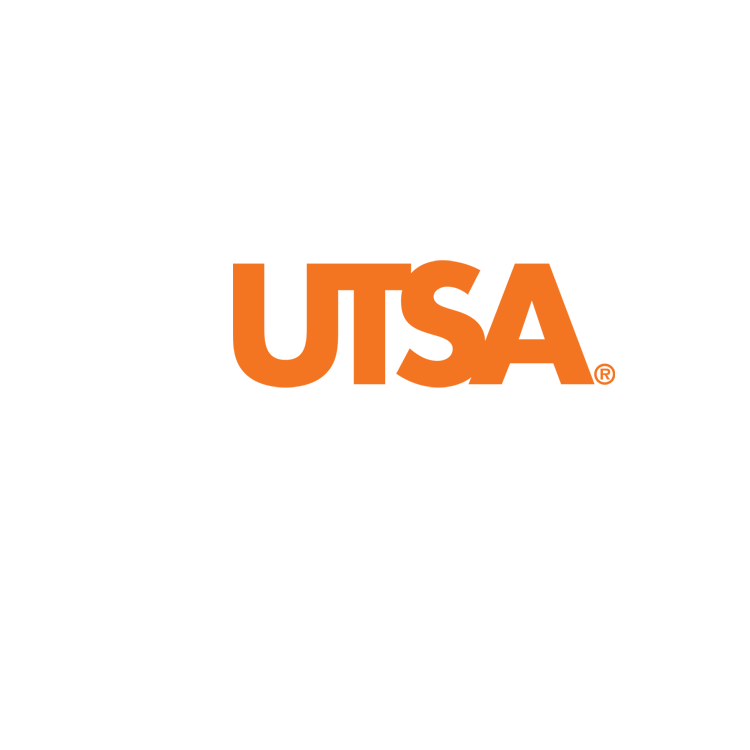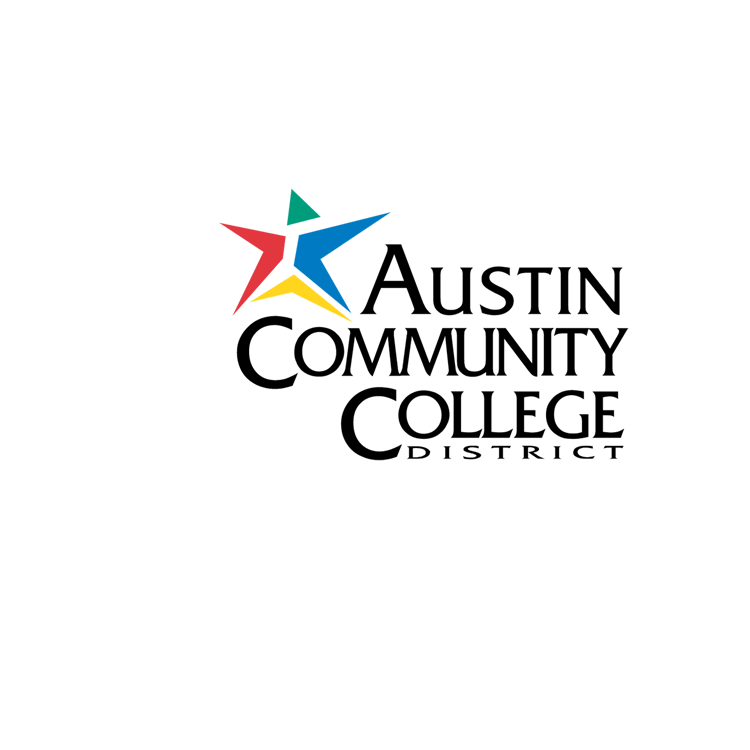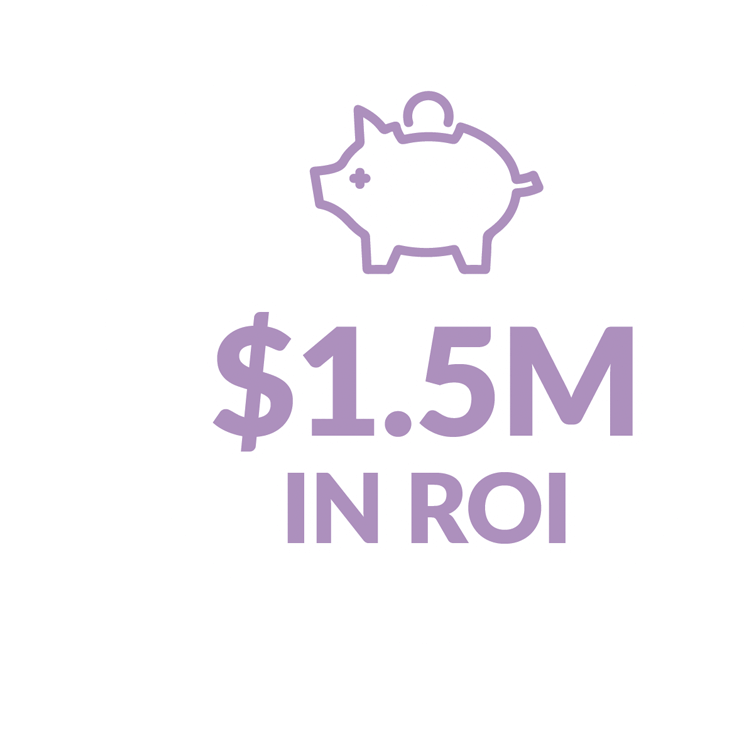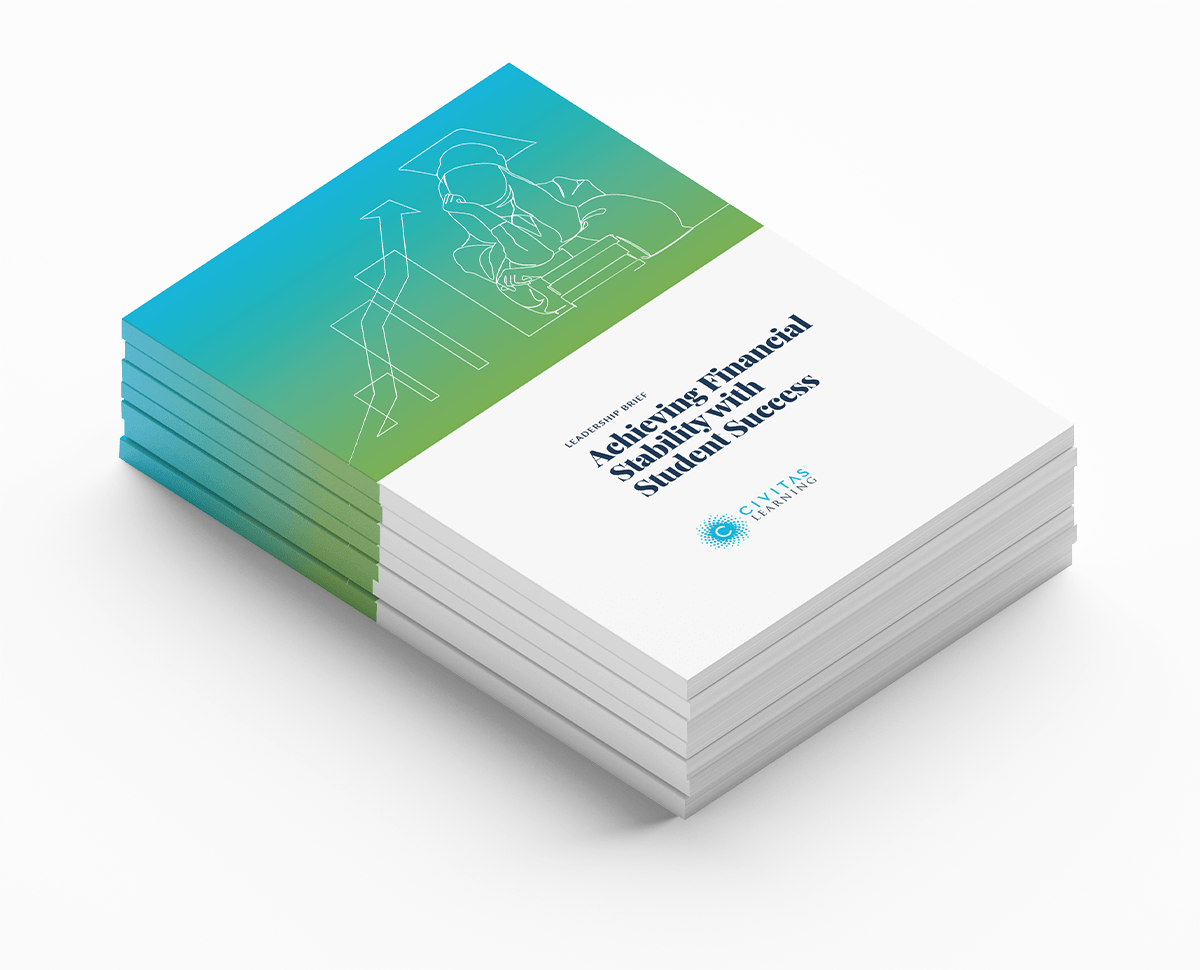T
he financial stability of today’s colleges and universities is threatened by declining enrollment, robust competition, and shifting student priorities. Finding data-informed solutions that address the needs of the whole student—including academic, social, and financial concerns—is critical to the future success of higher education and those they serve.
The long-term financial health of higher education institutions requires student success models to promote persistence toward graduation while generating a financial return. Colleges and universities must invest in tools and resources to tackle today’s student retention and completion issues and create financial stability.
If institutions are to devote precious resources to student success approaches, they must do so with the confidence that the initiatives they invest in will make a difference. And they need to know how best to achieve a return on their investment in student success.
What’s in the Brief:
- A proven four-step model for building student success strategies that support financial health
- Examples of how Civitas Learning partner institutions have implemented each of these four steps

How To Achieve Financial Stability With Student Success
Available On-Demand
Learn how other higher education leaders are creating and implementing strategies that support long-term financial health.
Getting to ROI
We set out to help higher education institutions find fiscally sustainable models for tackling the enormous challenges they—and their students—face. Our analysis of the outcomes of partner institutions’ student success efforts revealed an important trend:
Achieving the greatest fiscal sustainability requires a living strategic process that knits together data-informed decision-making, coordinated efforts, informed action, and consistent assessment.
In 2022 we reviewed ROI assessments from 48 of our partner colleges and universities over the previous 18 months. These analyses determined the ROI of particular student success initiatives by measuring their impact on student persistence using propensity-score matching to eliminate self-selection bias and determine statistically significant effects.
An analysis of ROI from student success initiatives across 48 partner institutions found:

No ROI
Little to no analytics use

1 – 2x ROI
Tactical analytics use, but not strategic

4 – 5x ROI
Coordinated tactical & strategic analytics use
What steps can institutions take to achieve the greatest fiscal sustainability in student success efforts?
Building Student Success Models that Support Financial Health
Institutions with a higher return on investment from student success used a range of actionable analytics to develop a living strategic process. Leaders analyzed many types of insights to gauge the success of different groups of students—such as which factors or courses had the greatest influence on their progress or which programs had an outsized impact on improving their persistence. And they shared insights with various campus leaders, who relied on their broad expertise to discuss and deliberately guide strategies and investment decisions.
These institutions consistently used actionable student success analytics to:
- Inform strategic decision-making & planning;
- Facilitate cross-functional collaboration;
- Enable data-informed action; and
- Assess & adjust student success efforts.
Following is an exploration of each of those four steps to achieving financial health—and how our partner institutions are putting them to work to realize positive outcomes:
Step 1
Inform Strategic Decision-Making & Planning
To gain the greatest return on investment in student success, institutions must understand the needs of their particular students and how best to help them. An analysis of Civitas Learning partner institutions revealed that 39% of students’ likelihood to persist changes within a semester. Connecting the right students to the right support before it’s too late is challenging without visibility into real-time student needs.
A critical first step to shifting to a more sustainable approach is using actionable, institution-specific analytics to guide strategic decision-making and planning consistently. Informing strategy with a breadth and depth of data helps focus attention on the right students and solutions. Actionable analytics help leaders determine how best to align student success efforts with their institutional mission and vision to improve student outcomes.
Data Informs Key Strategy Shifts
When Snow College in Ephraim, Utah, embarked on a strategic enrollment and retention planning initiative, it used data and analysis through the Civitas Learning Student Impact Platform to guide its decision-making and funding allocations.
The Snow College team quickly learned that rethinking a long-held belief could help it more effectively reach students. Snow had traditionally provided one-on-one advising to all who enrolled at the institution. Armed with student success data, however, the college learned that this one-size-fits-all approach wasn’t the most efficient way to assist students.
Lower-performing students saw a 20% boost in persistence with one-on-one advising support, compared with just a 3% increase for higher-performing students. Snow used this insight to adjust advisors’ caseloads, targeting individualized counseling to those who needed it most and offering group counseling to high-performing students. This proved to be a more equitable—and, ultimately, cost-effective—way to ensure strong support for all students.

Step 2
Facilitate Cross-Functional Collaboration
Increasing coordination among faculty and staff—who bring various perspectives on student success—is another critical component in realizing ROI in persistence and retention efforts. Colleges and universities that see a healthy return on investment rely on a centralized, consistent source of knowledge to coordinate student success efforts across the institution.
To facilitate these efforts, institutions need an easy way to share information with diverse stakeholders and quickly understand the “why” behind each predictor of student success it examines. Easy access to robust data and the ability to take action directly from a centralized knowledge repository help schools build alignment and increase collaboration among faculty and staff. This effort helps to remove the silos and competing approaches that too often stand in the way of coordinated student success initiatives.
Collaboration Boosts Student Retention
The University of Texas at San Antonio has partnered with Civitas Learning to establish a student support ecosystem built on data analysis and cross-functional collaboration. The school gathers student success information and analysis that help it pinpoint the services specific students need most. Then it can coalesce the efforts of its various stakeholders to provide those services.
UTSA relies on student success tools and insights in institution-wide efforts to:
- Provide a broadly accessible, centralized source of data to help in planning programs and assessing their effectiveness;
- Coordinate a unified model that addresses a broad range of student success needs; and
- Establish services that target the concerns of their student population.

Step 3
Enable Data-Informed Action
Institutions that achieve the best return from student success initiatives ensure they can easily access and use data to inform their daily work. Their people and processes use real-time insights to inform and support action rather than relying on data only to help them understand the past.
The ability for leaders to quickly segment information, use insights to focus their work, and assess outcomes makes it easier to take action that leads to positive results in the short term and beyond. Easily accessible student success analytics like persistence and completion predictions and real-time academic and engagement data – helps streamline work processes, giving frontline staff more time with students—and helping them proactively focus their work on those who need it most.
Analytics Guide Student Pathways
The Guided Pathways program at Austin Community College (ACC) got a boost when they embraced a data-informed decision-making strategy supported by the Civitas Learning Student Impact Platform. The school formed a data analytics team responsible for expanding the collection and review of student success information.
The culture this team fostered ushered in an institution-wide focus on actionable data analysis and application that informed ACC’s existing Guided Pathways program. That initiative helps students follow a roadmap to completing college. With support for their data analysis efforts, faculty and staff tailored educational experiences that accounted for—and addressed—students’ potential roadblocks.
In just one academic term, positive results included:
- Retention of 1,300 additional students; and
- $1.36 million in additional tuition revenue
These efforts have led to a host of measurable positive outcomes when comparing metrics from 2022 with those from 2012, including:
- A 16 percentage-point increase in first-year student retention;
- A 14 percentage-point increase in overall graduation rate, even with consistent admission standards; and
- A 41 percentage-point increase in undergraduate degrees awarded.

Step 4
Assess & Adjust Student Success Efforts
Institutional leaders must assess every initiative’s efficacy to adjust and strategically invest in working approaches to realize significant ROI from student success. Institutions that achieve the greatest return on their investment follow this process continually. Knowing precisely what works for specific students allows leaders to curate a system of SSIs that work together to improve outcomes for specific student populations-resulting in larger cumulative gains over time.
By frequently assessing the effectiveness of their programs, policies, and practices, colleges and universities can determine where it makes sense to invest limited resources to support student success. Consistent efficacy assessment enables leaders to identify which practices most effectively use resources to advance persistence and completion. Allowing them to change course when necessary and communicate adjustments with their teams and faculty.
Analytics Are Critical to Program Assessment
One public university in the western United States relies on student success analytics to deliver insights that guide their programming and gauge those programs’ results. Leaders began their work with Civitas Learning by using data insights to determine which programs were most effective and why.
Leaders used this information in efforts such as:
- Finding ways to best reach those at the highest risk of dropping out;
- Revealing an support gap among populations of students least likely to ask for help; and
- Establishing an effective outreach campaign for students in need of assistance.
The outcomes exceeded the school’s expectations, with 2018 tuition additional tuition revenue coming in ten times ahead of anticipated results. More than half (56%) of that gain is attributed directly to its partnership with Civitas Learning. The university’s ROI for its student success work totals $1.5 million.

Building on Success
Taking data-informed action to improve student success isn’t a novel idea. But the real magic happens when institutions use comprehensive student success analytics to enact a student success model that intentionally knits together strategic decision-making, coordinated efforts, informed action, consistent assessment, and iteration.
Achieving financial sustainability relies on using the most effective combination of student success strategies. By consistently using actionable insights to inform coordinated strategy and action, higher education institutions can ensure that they are providing assistance where needed most—while also generating positive ROI to support fiscal stability.
Contact us to learn more about our partners’ strategies to build financially sustainable student success models.
